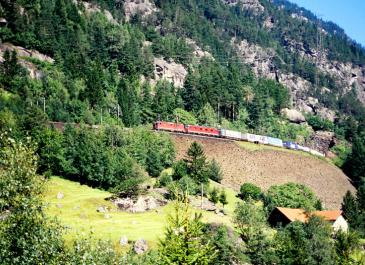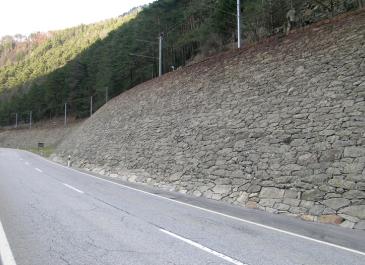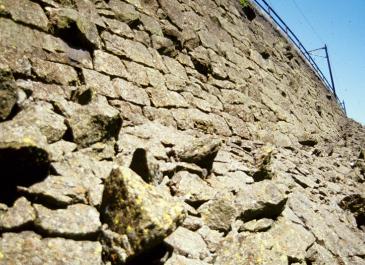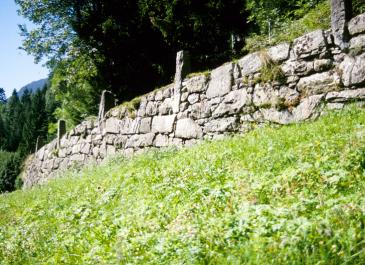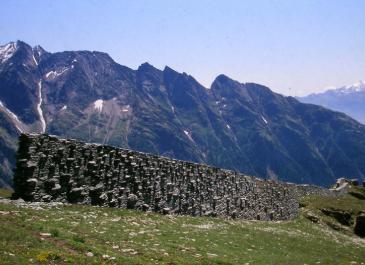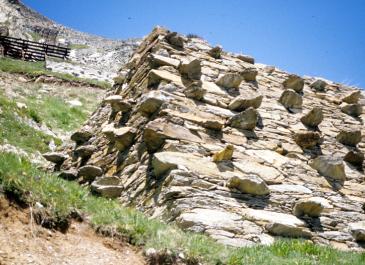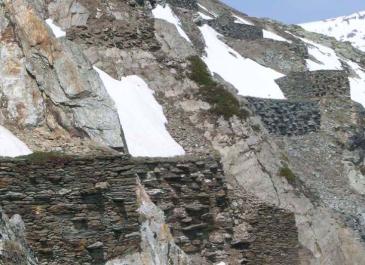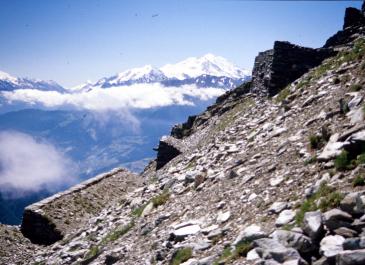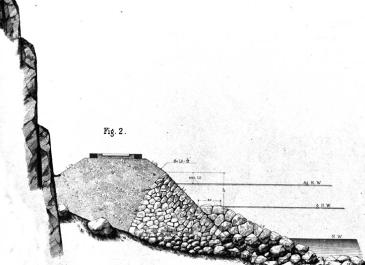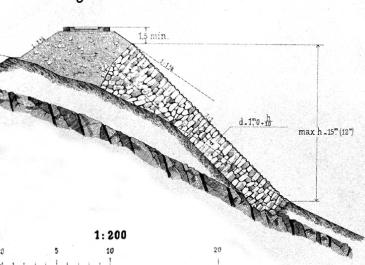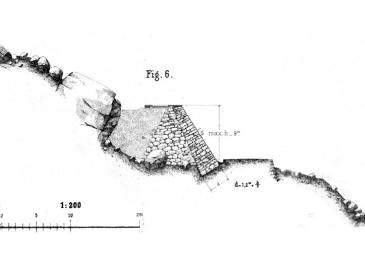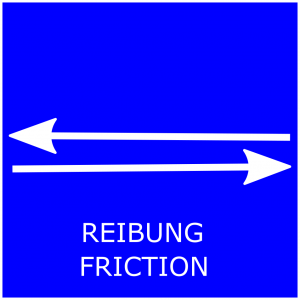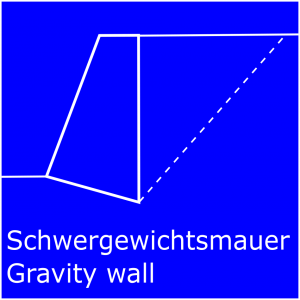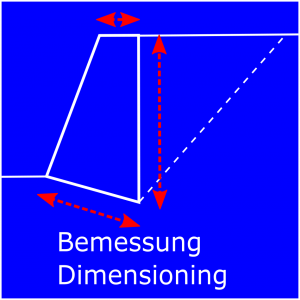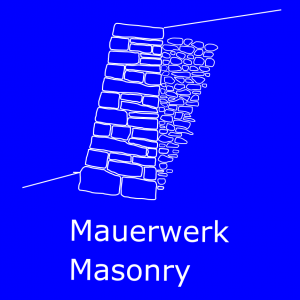Engineered dry stone masonry
Many people imagine dry stone walls to be small, relatively unstable structures of rural culture, as they are known from terracing or free-standing pasture walls. For them, dry stone walls is a building technique that can no longer keep up with our modern times and today's technical requirements. However, dry stone walls are also able to withstand great loads and can be dimensioned according to engineering standards.
These drystone structures date from the end of the 19th century, when new, larger roads were built across the Alps in the course of the industrial revolution, and shortly afterwards also railways. Because cement and concrete had only just been invented and transport was almost impossible in the difficult-to-access terrain, people were dependent on using the stone available on site as a building material. The numerous retaining walls that were necessary for the construction of the road and railway routes were built as natural stone walls, often as mortar masonry, but where possible also as dry masonry.
The origins of engineered dry-stone walling probably date back to the Age of Enlightenment, when military engineers in France used new mathematical methods to explore the theoretical foundations of traditional building techniques. At that time, in order to move the large armies, military roads had to be built that could withstand the weights of the cannons they carried. The quality of such structures was no longer left to chance, but was laid down in guidelines and building regulations.
Today, great efforts are being made to keep this tradition alive and to revive it.
In France, for example, a research project is underway that is subjecting dry-stone retaining walls to structural tests. The aim of this project is to re-establish dry-stone masonry as a "standardisable" construction method.
